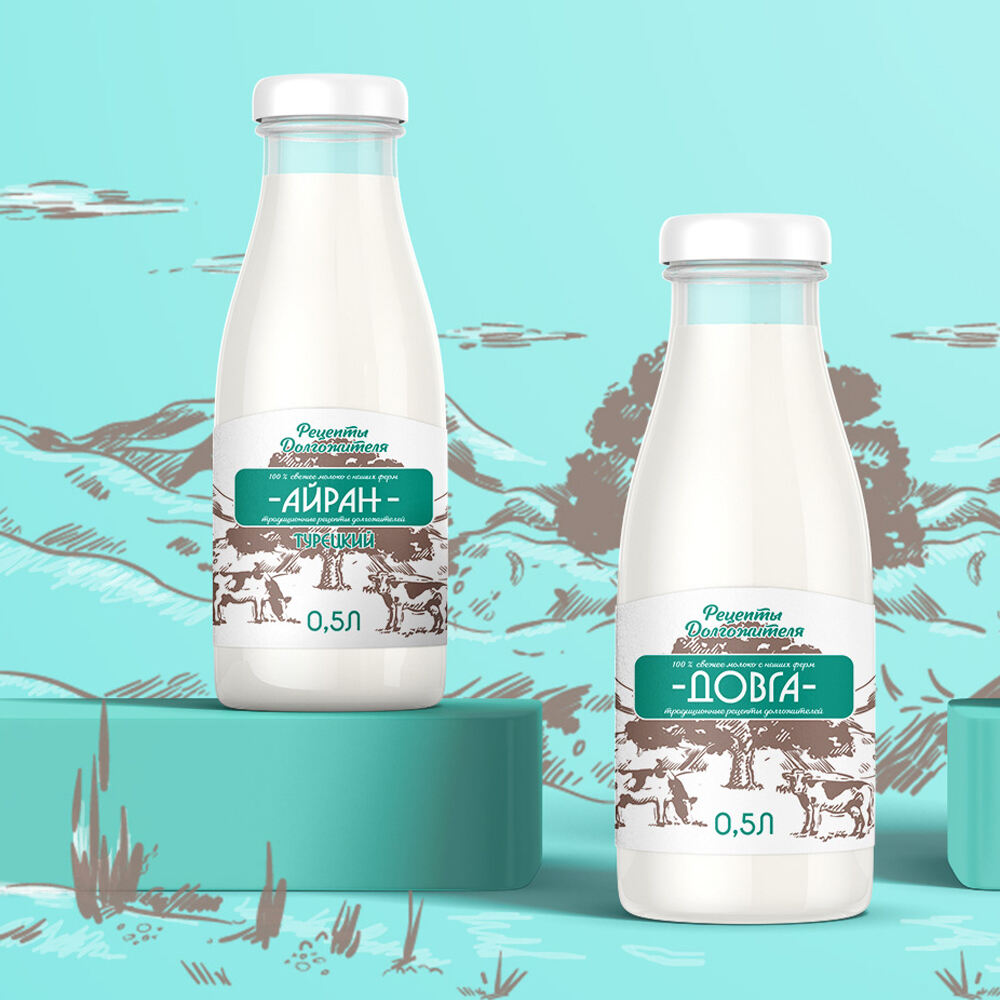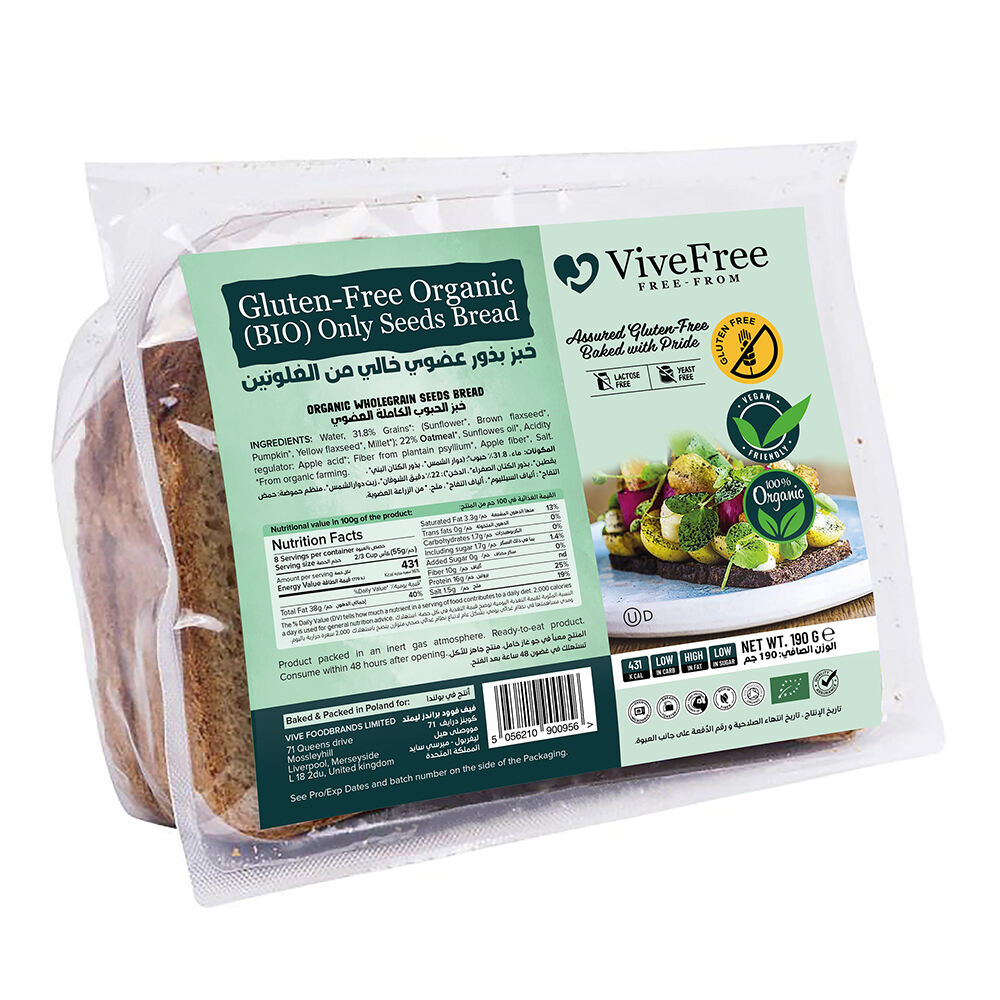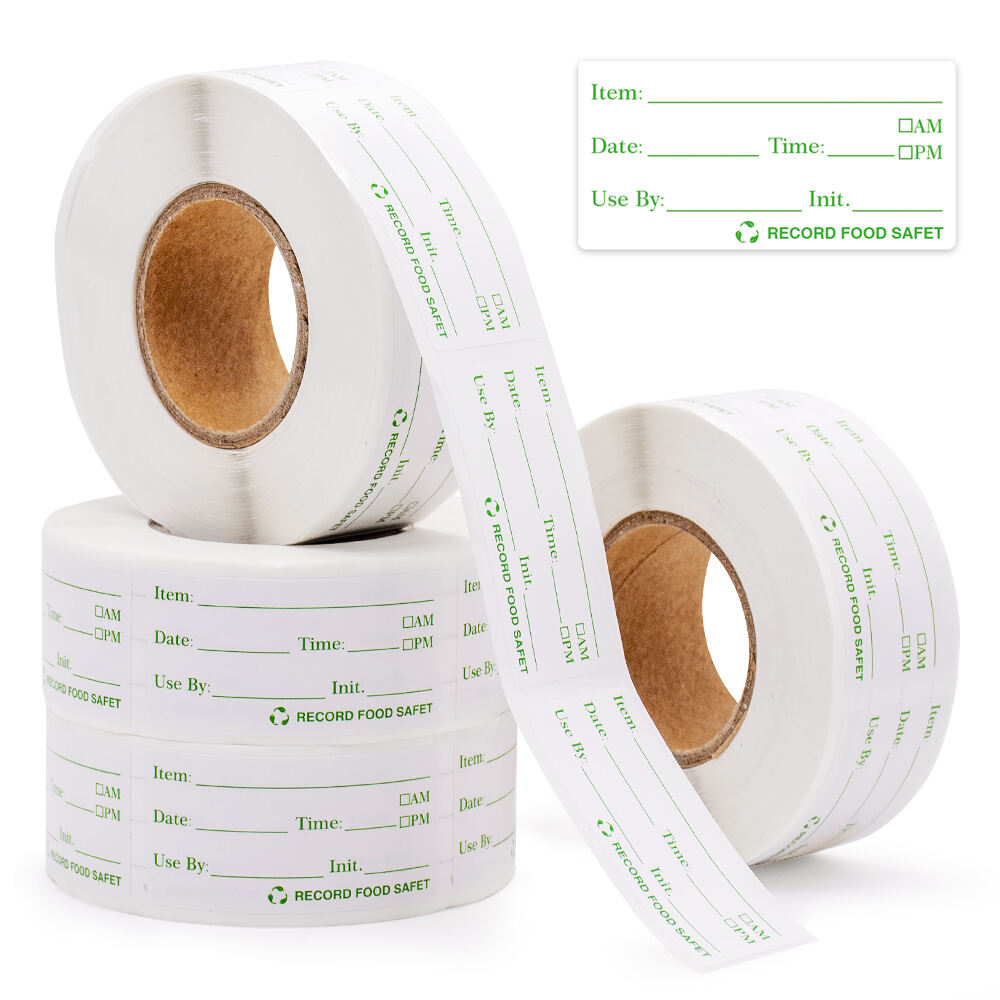Innovative Uses of Food Packaging Stickers in the Culinary Industry
Enhancing Brand Identity with Custom Food Packaging Stickers
Leveraging Design for Consumer Engagement
Unique designs in food packaging are pivotal for engaging consumers, as they utilize psychological principles like color theory and imagery to resonate with target audiences. Research indicates that colors can evoke emotions; for instance, blue often implies trust and reliability, whereas red can boost appetite and energy levels, crucial for influencing purchasing decisions in a competitive market. Data shows that visually appealing packaging can increase shelf impact, attracting 64% of consumers to try new products based solely on design (source: Packaging Digest).
Incorporating practical design tips can greatly enhance consumer engagement. Using bold typography ensures that important information, like the brand name or product benefits, stands out. Imagery that aligns with brand values—for example, using nature-inspired visuals for eco-friendly products—strengthens brand identity and cultivates consumer loyalty.
QR Codes and Interactive Elements
The integration of QR codes in food packaging has become increasingly popular, serving as a bridge to product information and promotions. This trend is supported by consumer preferences, with studies showing 50% of shoppers appreciate having interactive elements that connect them to additional details or interactive content (source: eMarketer). QR codes allow consumers to effortlessly access nutritional facts, ingredient lists, and promotional offers, enhancing the customer experience.
Several brands have successfully utilized interactive elements to boost engagement. For example, Nestlé incorporated QR codes in their packaging to provide recipe ideas and step-by-step cooking instructions, enriching the user experience. The use of interactive features not only serves to inform but also creates a personal interaction with the brand, fostering a deeper connection with consumers.
Improving Food Safety and Traceability
Allergen Warnings and Expiration Tracking
In the realm of food packaging, conveying allergen information to consumers is crucial for ensuring their safety. Regulatory bodies mandate that allergens be clearly listed on packaging, and food packaging stickers play a vital role in this communication. For instance, the U.S. Food and Drug Administration requires eight major allergens to be disclosed on food labels. Implementing effective expiration tracking is equally important. This entails using labels that adhere to industry standards and provide clear expiration dates, helping consumers avoid health risks associated with expired products. Successful implementations of allergen warnings on packaging have enhanced consumer trust, as demonstrated during Nestlé's proactive allergen labeling, which increased consumer confidence and brand loyalty.
Smart Labels for Real-Time Data
Smart labels represent a groundbreaking approach to providing real-time information concerning food safety. These labels utilize technologies like RFID and NFC to track and display data about the food’s condition. Studies show that RFID technology is particularly effective in improving traceability, thereby reducing food safety incidents by more than 30%. Companies like IBM have successfully integrated smart labels in their food packaging solutions, significantly cutting down the response time in safety incidents. This advancement not only safeguards consumers but also aligns with the growing demand for transparency and sustainability in food systems.
Sustainable Innovations in Culinary Labeling
Eco-Friendly Materials and Recycling
The shift towards using biodegradable and recycled materials in food packaging stickers is reshaping the industry. Recent environmental reports highlight the urgent need for such shifts to combat the growing waste problem, with biodegradable packaging options offering a sustainable alternative. According to a study by the Environmental Protection Agency, about 292.4 million tons of municipal solid waste were generated in the United States in 2018, with packaging waste making up a significant portion. By adopting biodegradable and recycled materials, brands not only reduce their environmental footprint but also enhance their image. A survey by Nielsen found that a majority of consumers are willing to pay more for sustainable product offerings. Brands like McDonald’s and Starbucks lead the way in sustainable innovations, focusing on paper-based packaging and reducing plastic use. These efforts improve brand image and cater to the growing consumer demand for eco-friendly practices in food packaging, particularly in food packaging sticker design.
Reducing Waste with Reusable Adhesives
Reusable adhesives in food packaging represent a significant innovation in waste reduction. These adhesives allow labels to be removed and reapplied, reducing the need for constant production and disposal. The environmental benefits are substantial, with statistics showing that reusable adhesives could decrease food packaging waste by up to 30%. A case study by the Environmental Packaging Consortium demonstrated that restaurants using these adhesives saw a notable reduction in waste and related disposal costs. Fast-casual dining chains like Panera Bread have successfully implemented reusable adhesives, setting an example for others to follow. These innovations in custom labels for food packaging showcase how sustainable solutions can align with operational efficiency, highlighting the role of innovation in driving both ecological benefits and business success.
Creative Applications in Restaurant Packaging
Temperature-Sensitive Stickers for Delivery
Temperature-sensitive stickers have emerged as an innovative solution to maintain food quality during delivery, ensuring culinary products arrive in optimal condition. These stickers change color based on temperature variations, allowing for real-time monitoring and adherence to industry standards concerning food safety. As delivery platforms expand, ensuring food that remains at the appropriate temperature has become paramount, meeting consumer expectations for both safety and taste. For instance, stickers that turn red when exposed to temperatures outside the safe range can alert both drivers and customers to any potential issues, thus reinforcing trust and satisfaction with your restaurant's service.
Branded Takeout Containers and Promotions
Utilizing branded takeout containers not only elevates the dining experience but also serves as a powerful marketing tool. Custom stickers for food packaging and containers featuring brand logos and slogans create a strong, memorable impression on customers. By sharing these visually appealing containers on social media or during community events, restaurants can leverage this exposure to engage potential customers effectively. Moreover, case studies, such as those involving renowned chains like McDonald's, demonstrate that eye-catching packaging leads to increased brand recognition and customer retention. Unique promotional tactics—such as offering discounts on return visits when customers reuse branded containers—can further enhance the relationship between brand and consumer, driving sales and fostering loyalty.
Customizable Food Packaging Solutions
Durable Multi-Purpose Food Labels
Durable food labels are essential because they must withstand various conditions while maintaining legibility and integrity. These labels are often subjected to freezing, thawing, and exposure to moisture, which requires materials that are resilient and adaptable. Utilization of advanced materials such as film labels, which resist oil, water, abrasions, tearing, and fading, is recommended by experts for their longevity across diverse applications. Moreover, printing technology has advanced to offer sustainable options that do not compromise quality or durability. Companies like Duentech have embraced these technologies, providing customizable solutions for multi-purpose use in the food industry.
High-Contrast Round Stickers for Visibility
Using high-contrast colors in food packaging stickers significantly enhances visibility, which is crucial in busy environments such as restaurants where quick identification can improve efficiency. Design research supports the idea that contrasting colors, like bold hues against lighter backgrounds, make stickers more noticeable. For instance, restaurant packaging that utilizes these design strategies can effectively communicate branding and product information, thus reducing errors in food service. Companies providing packaging solutions, such as Duentech, offer customizable round stickers crafted from diverse materials that capture attention, ensuring that the products stand out on shelves or in delivery bags.
Freezer-Safe Storage Label Stickers
Freezer-safe labels are crucial for maintaining the quality of stored food as they ensure essential details remain intact despite extreme conditions. These labels are not only resistant to water and oil, which common kitchen settings may expose them to, but they also utilize strong adhesives that withstand refrigeration and freezing. Following food safety guidelines, such labels help in better food management by preserving information crucial for inventory purposes and reducing wastage. The free design and customization offered for Food storage label stickers provide practical solutions for homes, restaurants, and cafeterias, where efficient storage is essential.
 EN
EN
 AR
AR
 HR
HR
 CS
CS
 DA
DA
 NL
NL
 FI
FI
 FR
FR
 DE
DE
 EL
EL
 HI
HI
 IT
IT
 JA
JA
 KO
KO
 PL
PL
 PT
PT
 RU
RU
 ES
ES
 SV
SV
 TL
TL
 ID
ID
 SR
SR
 SK
SK
 SL
SL
 VI
VI
 HU
HU
 TH
TH
 TR
TR
 FA
FA
 AF
AF
 MS
MS
 IS
IS
 HY
HY
 BN
BN
 LO
LO
 LA
LA
 MN
MN
 MY
MY
 KK
KK
 UZ
UZ






